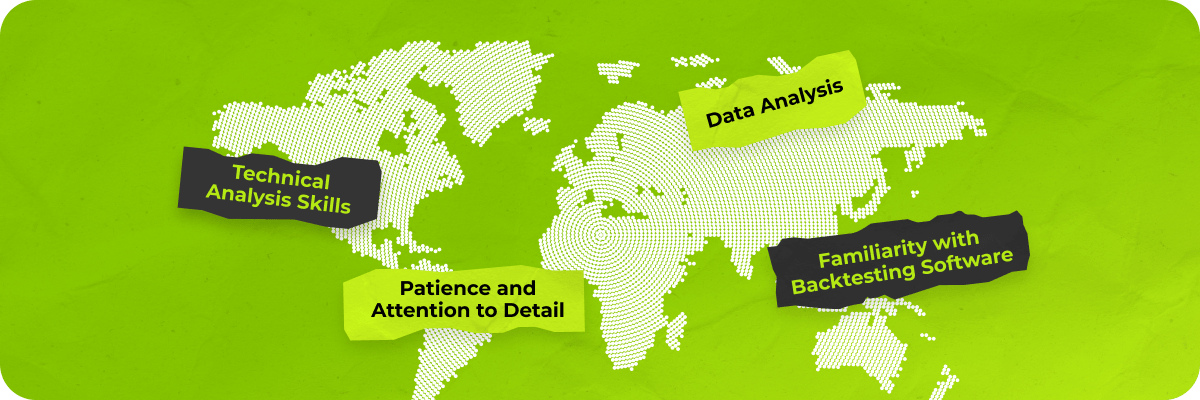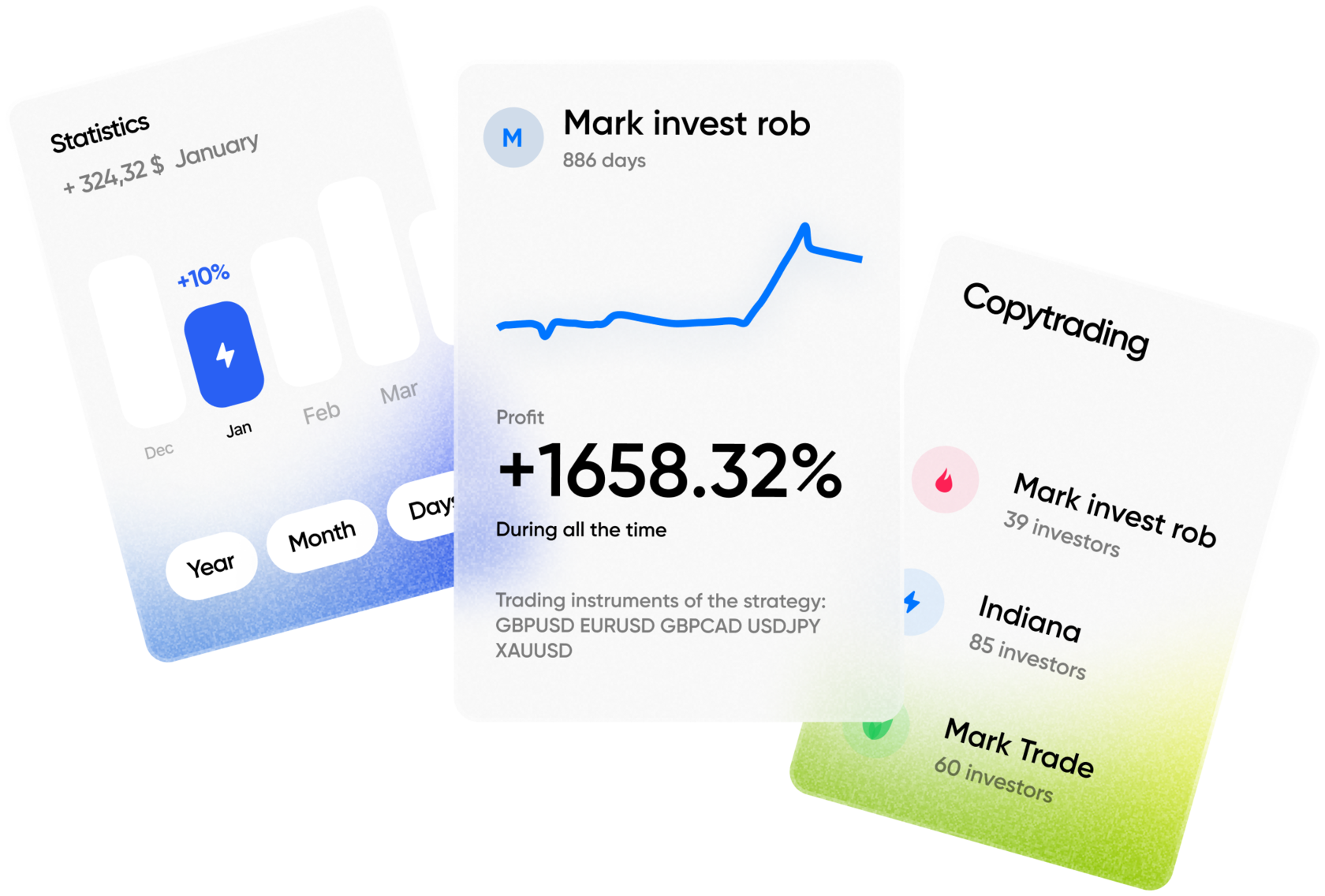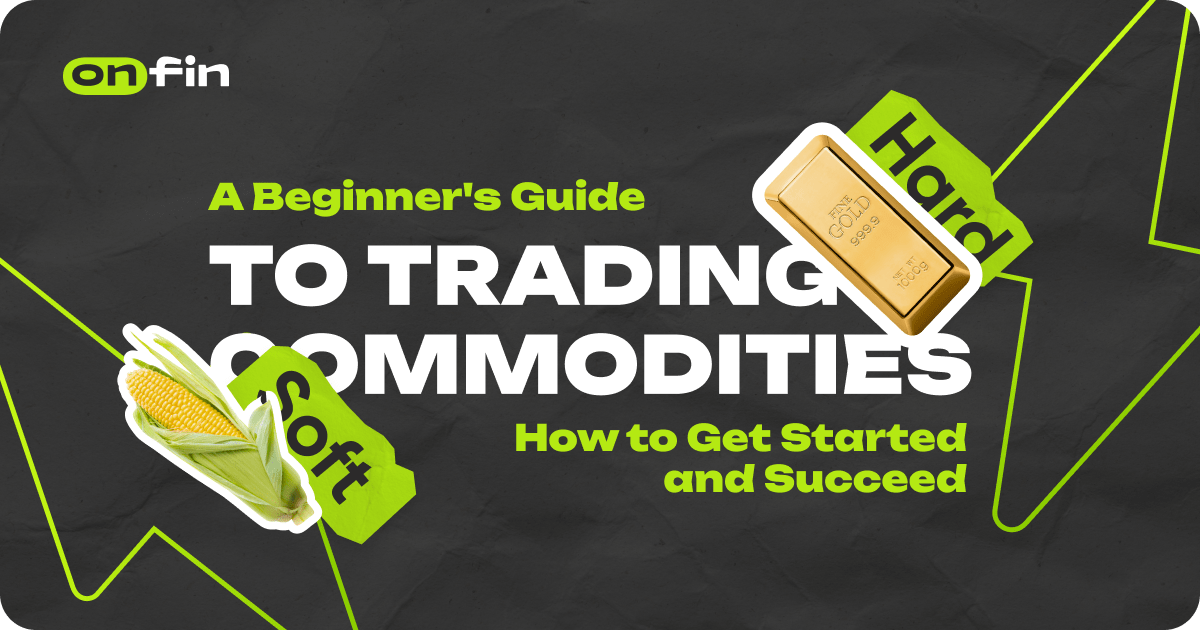Commodity trading can seem intimidating to beginners, but it offers lucrative opportunities for those who are well-prepared.
Understanding the basics of commodities and knowing how to choose the right strategies is essential for success.
In this article, we will guide you through the process of trading commodities, explain what commodities are, highlight common strategies, and provide insights into the tools professionals use to enhance their trading.
What Are Commodities?
Commodities are raw materials or primary agricultural products that can be bought and sold. They are typically divided into two categories:
- Hard Commodities: These include natural resources like oil, gold, and metals (e.g., copper, silver). These are often extracted or mined.
- Soft Commodities: These include agricultural products like wheat, coffee, corn, sugar, and livestock. They are typically grown or raised.
Commodities are traded globally and their prices are influenced by various factors such as supply and demand, geopolitical events, weather conditions, and economic trends.
Examples of Popular Commodities
Here are a few examples of commodities that are commonly traded in global markets:
- Crude Oil: One of the most traded commodities, oil prices are impacted by global production levels, geopolitical tensions, and economic conditions.
- Gold: Often seen as a safe-haven asset, gold tends to rise in value during times of economic uncertainty.
- Wheat and Corn: Agricultural commodities that can be influenced by weather conditions, crop yields, and global demand.
- Coffee: A popular soft commodity, coffee prices fluctuate based on factors like climate, global demand, and political instability in major coffee-producing countries.
Each commodity behaves differently, which is why it’s important to choose one that aligns with your trading goals and interests.
Developing a Commodity Trading Strategy
When trading commodities, there is no one-size-fits-all strategy. However, several strategies have proven successful for both beginner and experienced traders. Let’s take a look at some of the most common and effective methods.
1. Breakout Trading Strategy
Breakout strategies are ideal for traders who want to capitalize on short-term price movements.
The idea is to enter a trade when the price breaks through a predefined level of support or resistance. This breakout signals that the commodity price is likely to move in a strong direction—either up or down.
For example, imagine you are trading crude oil. If oil has been trading within a specific price range for several weeks, and news emerges that a major oil-producing country is cutting production, the price might break above resistance levels due to increased demand.
In this case, you would enter a trade by buying oil just before the breakout happens, riding the price surge for potential profit.
Key Points to Consider:
- Be patient and wait for a confirmed breakout.
- Use stop-loss orders to limit your risk in case the price moves against you.
- Breakouts can happen frequently, providing many opportunities for short-term traders.
2. Fundamental Analysis Strategy
For beginners, understanding fundamental analysis is crucial when trading commodities. This strategy focuses on the supply and demand factors that drive the price of a commodity.
By analyzing news, economic reports, and geopolitical events, traders can predict how a commodity’s price will move.
Let’s take crude oil as an example. If a country in the Middle East announces that it is reducing oil production, this might lead to a supply shortage, causing the price of oil to rise.
If you are aware of this situation before it hits the market, you can capitalize on the price increase by buying oil contracts.
What You Need to Know:
- Stay updated on global economic and political news, especially concerning commodity-producing nations.
- Follow industry reports that discuss factors like crop yields for agricultural commodities or production levels for oil and metals.
- Understand how geopolitical events, such as sanctions or trade deals, impact commodity prices.
3. Range-Bound Trading Strategy
Range-bound trading is based on the idea that commodity prices tend to move within a certain price range over time. Traders use technical analysis to identify overbought and oversold conditions, which indicate when the price might reverse direction.
For example, let’s say you’re trading wheat, and the price has been bouncing between $6.00 and $6.50 for a few weeks. If the price approaches the $6.00 support level and the RSI (Relative Strength Index) shows that wheat is oversold, this could signal a potential buying opportunity.
Conversely, if the price nears the $6.50 resistance level and the RSI is overbought, it may be a good time to sell.
Tools You’ll Need:
- RSI (Relative Strength Index): Helps identify overbought or oversold conditions.
- Support and Resistance Levels: Key price levels where the commodity tends to reverse direction.
- Moving Averages: Can help identify the overall trend and potential reversal points.

Tools and Skills for Successful Commodity Trading
To succeed in commodity trading, it’s essential to use the right tools and continuously develop your trading skills. Here are some tools and techniques that professionals rely on:
1. Trading Platforms
Most commodity traders use platforms like MetaTrader 4/5 or TradingView for technical analysis and executing trades. These platforms provide advanced charting tools, real-time data, and access to a wide range of commodities.
2. Technical Indicators
Professional traders rely heavily on technical indicators to spot trends and determine entry/exit points. Common indicators include:
- MACD (Moving Average Convergence Divergence): Useful for identifying trends and momentum shifts.
- Bollinger Bands: Can help identify overbought or oversold conditions.
- Stochastic Oscillator: Helps determine potential reversal points.
3. Risk Management
Professional traders always use risk management techniques to protect their capital. This includes setting stop-loss orders, adjusting position sizes based on risk tolerance, and never risking more than 1-2% of the trading account on a single trade.
How Professionals Approach Commodity Trading
Successful commodity traders often follow a structured process:
- Research: They begin by studying the commodity in detail, understanding the underlying supply and demand dynamics.
- Plan: They create a trading plan based on technical and fundamental analysis, identifying entry and exit points, as well as risk management strategies.
- Execution: Once they have a clear plan, they execute their trades carefully, often using a combination of technical indicators and news analysis to guide their decisions.
- Review: After each trade, they evaluate the performance, learning from both successes and failures to improve future trades.
Real-World Example
Consider a professional trader who is following oil prices. They notice that geopolitical tensions in the Middle East could lead to reduced oil supply, causing prices to rise. Based on this fundamental analysis, they decide to buy oil futures contracts.
They use technical analysis to pinpoint the best entry point and set a stop-loss order to minimize potential losses. As oil prices begin to rise, they take profits at a predetermined level, closing the trade successfully.
Conclusion
Commodity trading offers great potential for both beginners and experienced traders, but success requires a combination of knowledge, strategy, and discipline. By understanding the fundamentals of commodities, selecting the right strategy, and using professional tools, you can improve your chances of success in the market.
Remember, trading is a skill that takes time to master, so start small, stay informed, and continually refine your approach as you gain experience.
With the right strategy, tools, and mindset, you can unlock the opportunities in commodity markets and trade confidently toward your financial goals.







